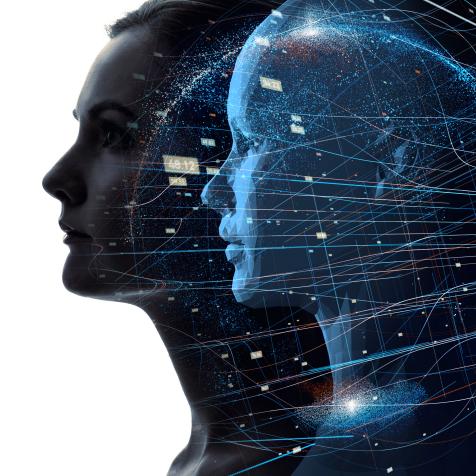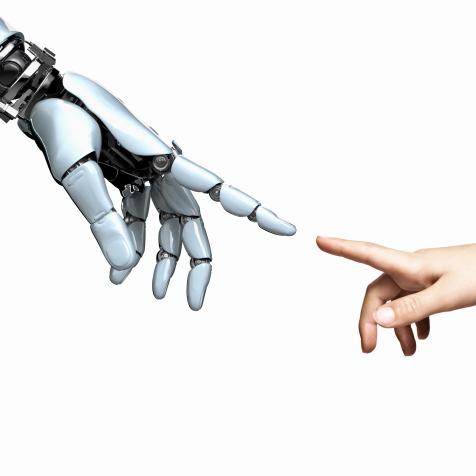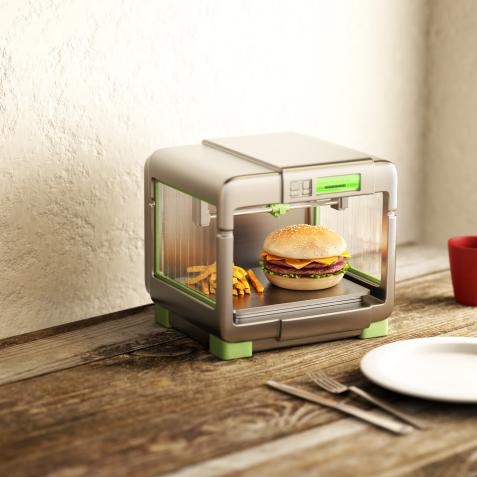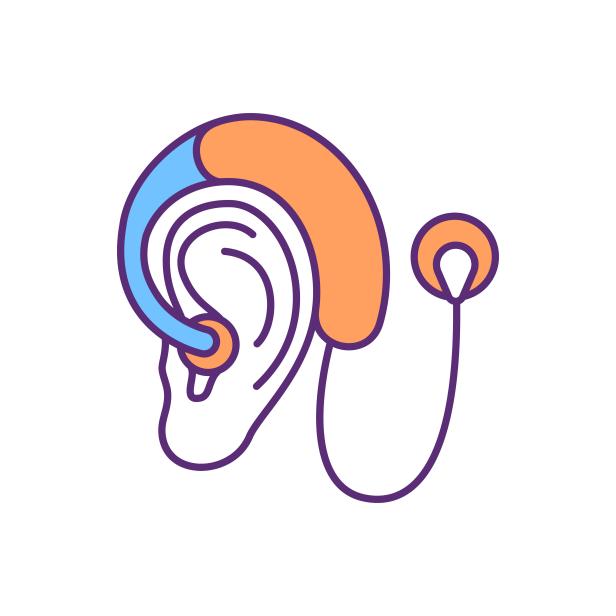
bsd555
Neuroprosthetic Sensory Devices are Reconnecting People to the World
Sensory loss has a profound effect on millions of people’s everyday lives. Sight, hearing, touch, smell, and taste can all be affected, diminishing their experience of the world. But now, thanks to neuroprosthetic technology we can tap into nerve and brain function, and rewire these lost connections.
Neuroprosthetic devices, or implants, restore sensory function affected by injury or disease. Cochlear implants use electrodes to stimulate the auditory nerve so deaf people can hear, often for the first time. Artificial retinas restore sight, prosthetic hands and electronic skin can simulate touch, and implants for taste and smell are being developed.
Still, the most well-recognized neuroprosthetics are cochlear implants. NASA engineer Adam Kissiah developed the blueprint for modern devices in the 1970s. An implant digitizes sound received from an external microphone, using a speech processor for spoken sound, and feeds it via radio frequency to an electrode array embedded in the cochlea of the inner ear.
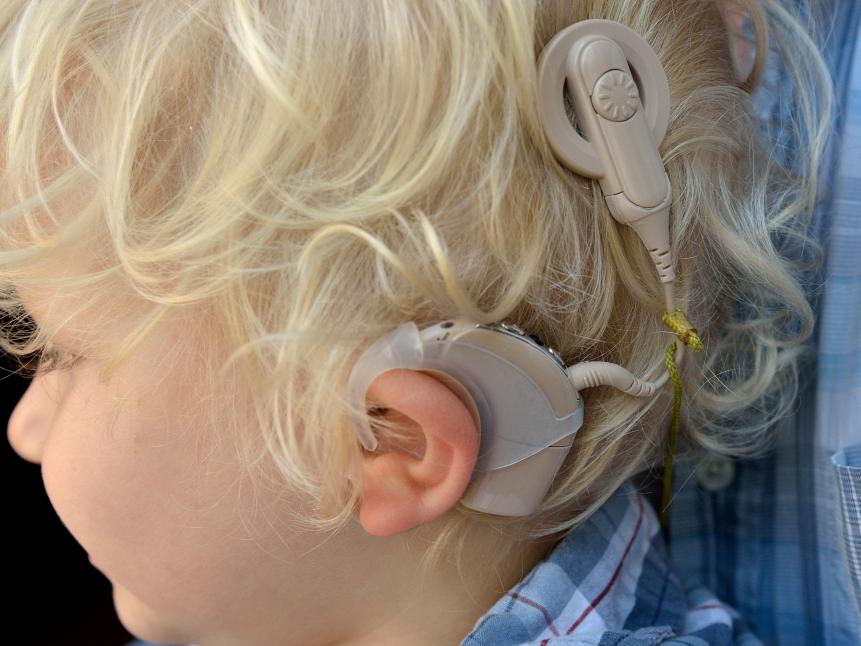
MediaNews Group/Orange County Register via Getty Images
Noah, 2, was born deaf, he had a cochlear implant and now hears almost normally with the help of hearing aids.
Adults and children who are deaf and severely hard-of-hearing have devices surgically fitted. More than 730,000 have been implanted worldwide so far. But the quality of the audio is described as ‘metallic’, so researchers in London have analyzed and improved the signal to create one they say is a 90-100 percent replica of the original sound.
Loud noises and infections can also impair hearing by perforating the eardrum. Grafts are often used to repair holes in the thin membrane. But Harvard scientists have now created a 3D printed polymer implant that mimics the natural eardrum and helps the body regenerate its own cells, for a more efficient repair.
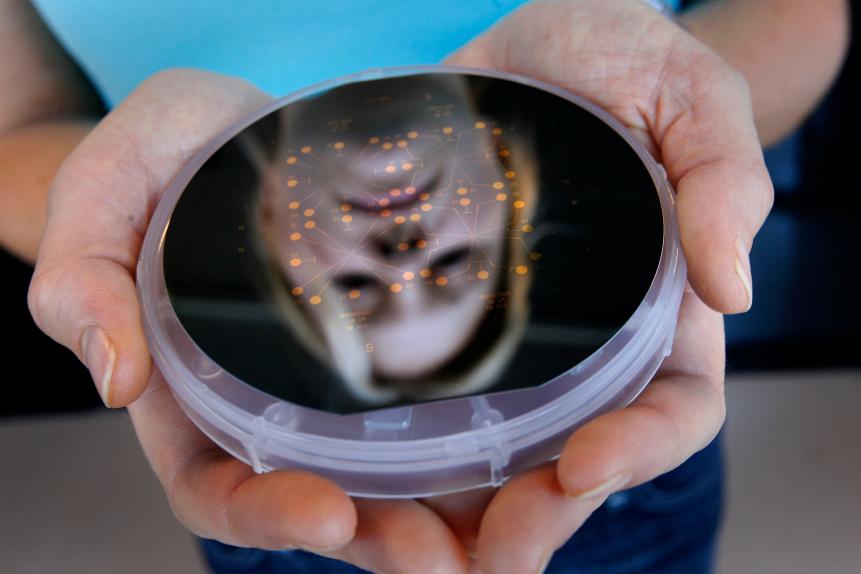
San Francisco Chronicle/Hearst Newspapers via Getty Images,San Francisco Chronicle/Hearst Newspapers via Getty Images,San Francisco Chronicle/Hearst N
A postdoctoral student with a Micro Electrode Array.
Efficiency in restoring sight is another story. Around one million people in the US are blind and, as yet, there is no cure. But people affected by a rare eye disease called retinitis pigmentosa can receive an artificial retina that lets them see objects, their surroundings, and large-print text.
Similarly, an international research group has created a small circular microelectrode array that implants straight into the brain’s visual cortex. Bypassing the eye, it allows blind people to see flashes of light and identify individual letters. Not perfect, but a step towards restoring vision.
Touch is less problematic, though it is not regulated by a single organ. Amputees and people who lose limbs in accidents can now be fitted with prosthetic arms or hands that allow them to handle and feel objects. One system – the LUKE arm – is modular (shoulder, forearm, or hand) and provides touch vibrations as well as fine motor adjustments so wearers can pick up and manipulate a wide variety of objects.
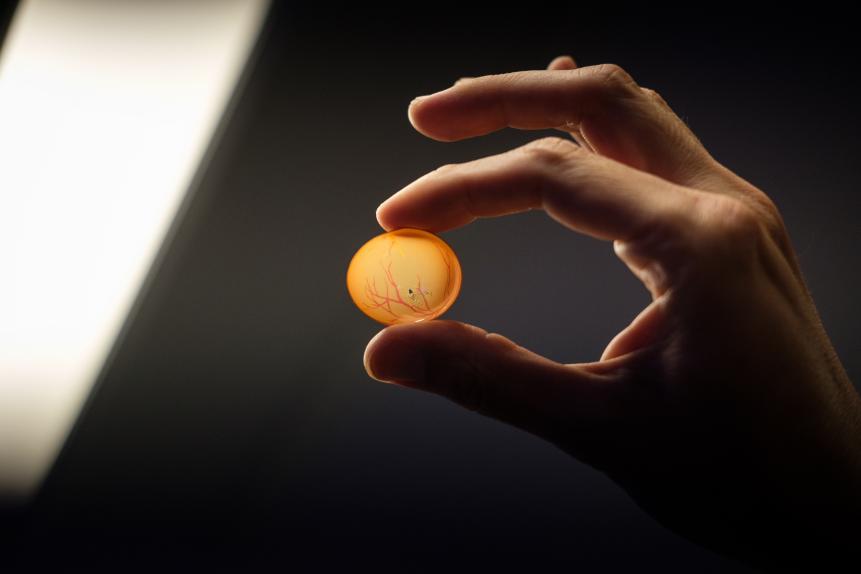
Leon Neal
A man holds a "Reti Eye" artificial training retina on board the Orbis Flying Eye Hospital on April 17, 2018, in Trujillo, Peru.
Another low-cost soft robotic hand uses muscle sensors attached to the limb and pressure sensors on each fingertip so users can feel when the fingers brush against objects. And in 2020, researchers in Singapore developed electronic skin packed with small sensors – 100 in each square centimeter – that they hope will allow prosthetic users to feel texture, temperature, and pain.
The final two senses, smell and taste, have also been analyzed to see if neuroprosthetic implants can help. Harvard Medical School researchers studying the brain’s olfactory bulb see the potential for a ‘cochlear implant for the nose,' to help the 50 percent of people aged 65 and older who lose their sense of smell.
Early research showed that electronic stimulation inside the nasal cavity allowed three out of five patients to smell different aromas.
Older people also experience a fading sense of taste, which is linked to smell through nasal olfactory tissue. Computer scientists in Singapore think a simulator that lets gamers and virtual reality users taste digital foods may provide answers. Four taste components – sour, sweet, salt, and bitter – are generated using a silver electrode attached to the tongue.
The team thinks electrical and thermal stimulation of the tongue could help cancer patients improve or regain tastes taken away by chemotherapy. They also see it as a way for consumers to taste foods on TV or via the internet, or to help diabetics get the sweet flavors they like without increasing blood sugar levels.










